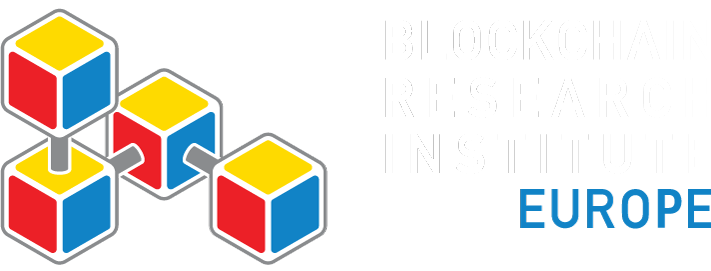Blockchain Identity Services
Report Overview
Author: Greg McMullen, Primavera De Filippi, Constance Choi
Release Date: July 31, 2019
Abstract:
This project examines how blockchain supports user centric identity systems, through such technological primitives as public key cryptography, hashing functions, zero-knowledge proofs, and homomorphic encryption. Its authors set nine benchmarks—technical specifications, governance, security, privacy, recovery and revocation, user experience, data controls, and degrees of decentralization and self-sovereignty—by which prospective users and ecosystem partners might assess different identity services and compare them to each other and the status quo. The purpose is to help users map their goals to the technical features necessary for achieving those goals.
